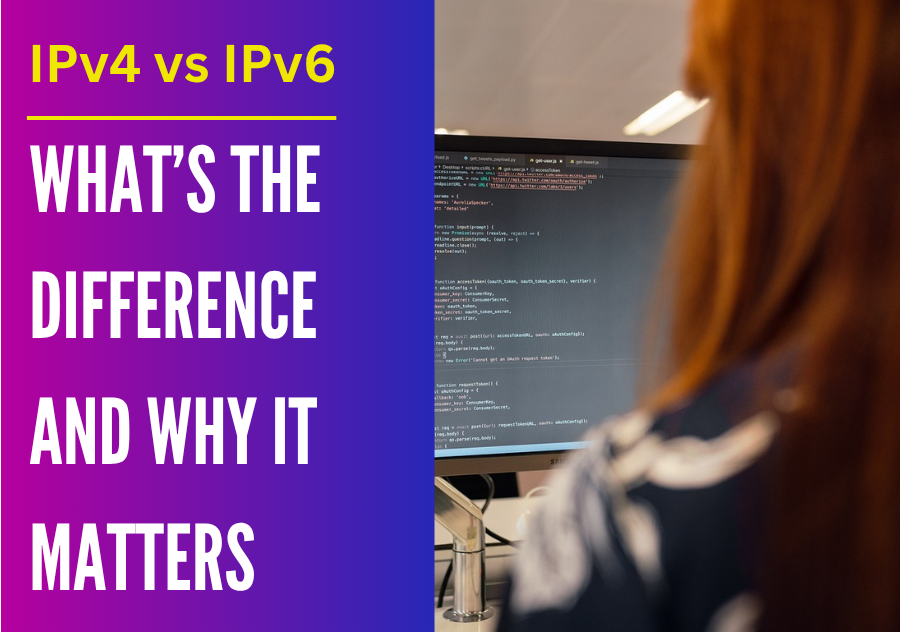IPv4 vs IPv6: What's the Difference and Why Does It Matter?
Internet Protocol version 4 (IPv4) and Internet Protocol version 6 (IPv6) are the two main IP addressing systems used today. While both serve the purpose of identifying devices on a network, they differ substantially in design, capability, and future potential.
This article explains the key differences between IPv4 and IPv6, highlighting why transitioning to IPv6 matters for the future of the internet.
What Is IPv4?
IPv4, introduced in the early 1980s, is the original IP addressing scheme used to identify devices on networks. An IPv4 address consists of four sets of numbers ranging from 0 to 255, separated by dots. For example, 192.168.1.1. This system allows for about 4.3 billion unique addresses.
Although IPv4 version has served the internet for decades, rapid growth in connected devices exposed its limitations, especially address exhaustion. Thus, the IPv4 protocol could no longer sustainably support future internet expansion.
What Is IPv6?
IPv6 was developed in the late 1990s as the successor to IPv4. It uses a completely different addressing format consisting of eight groups of hexadecimal numbers separated by colons. For example, 2001:0db8:85a3:0000:0000:8a2e:0370:7334.
Importantly, IPv6 provides approximately 3.4×10383.4 \times 10^{38}3.4×1038 unique addresses, an astronomically larger pool than IPv4. Therefore, it solves the address exhaustion problem and supports the growing number of internet-connected devices.

